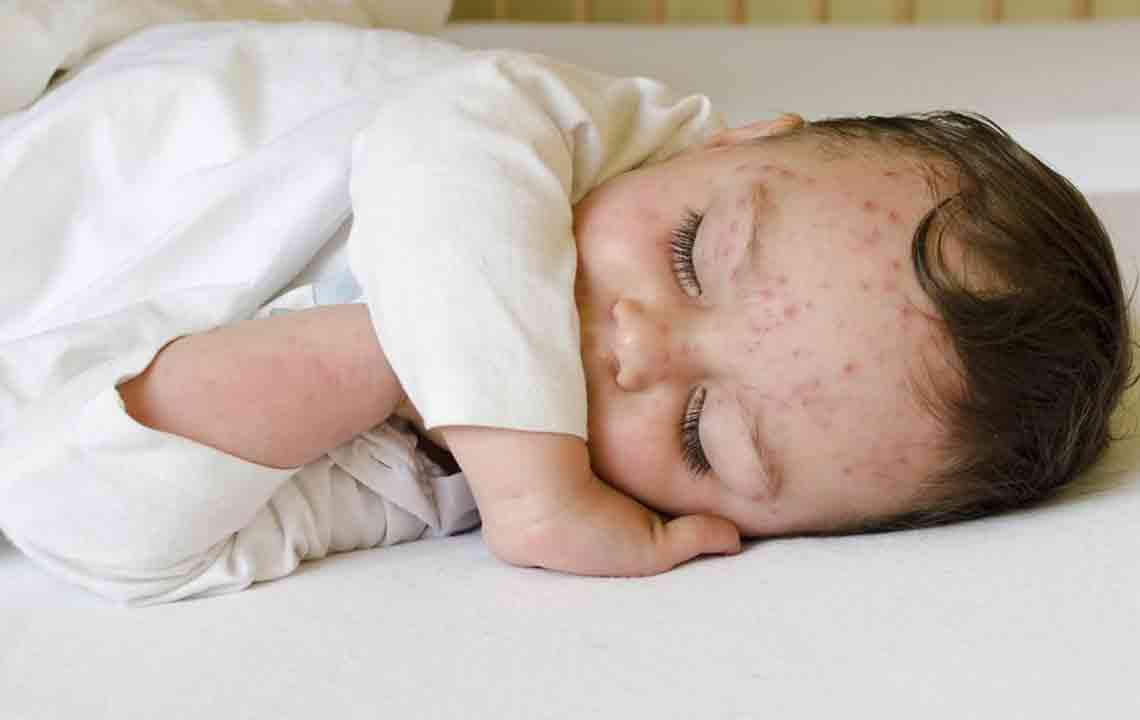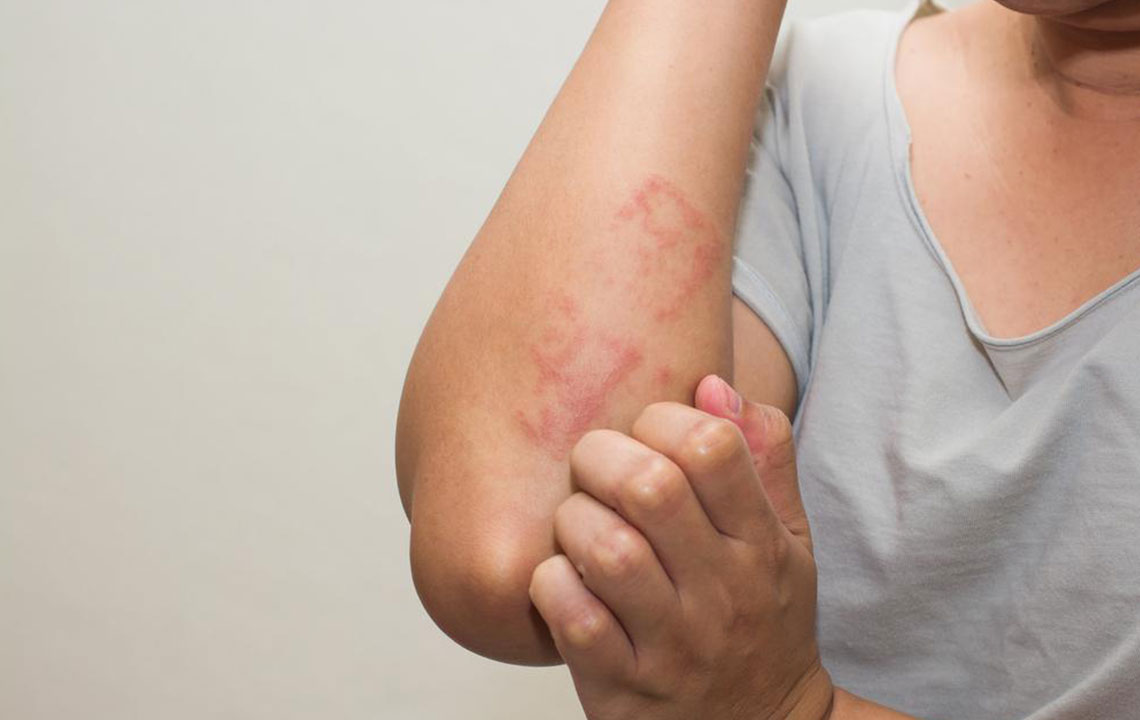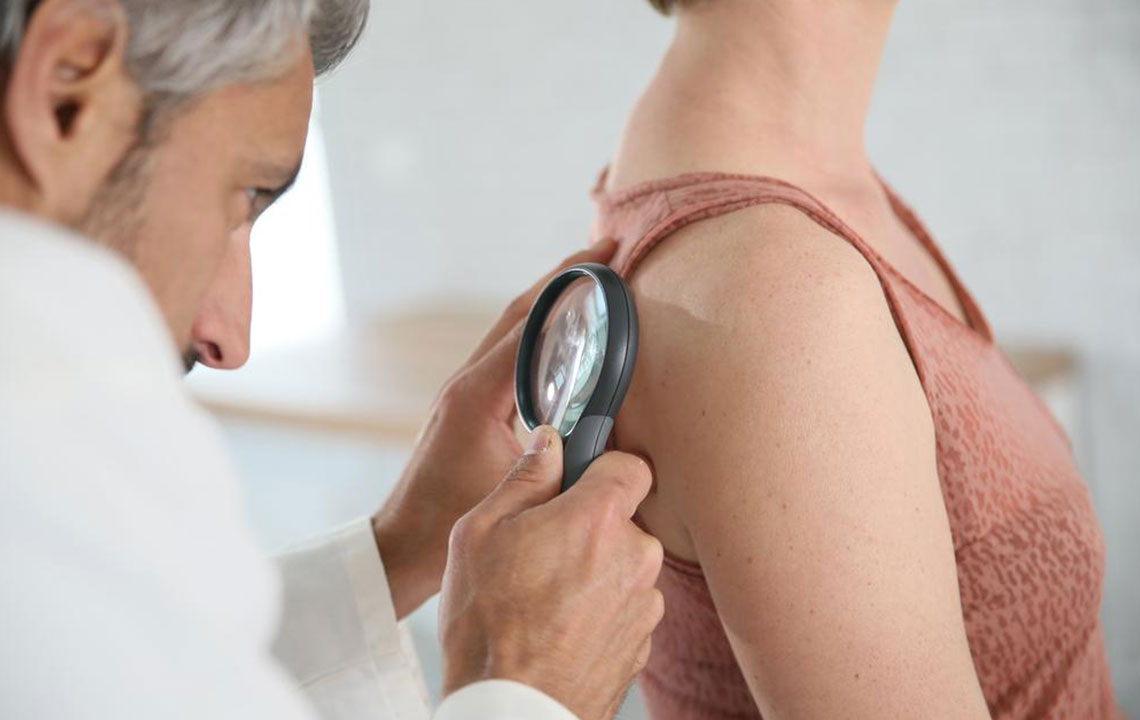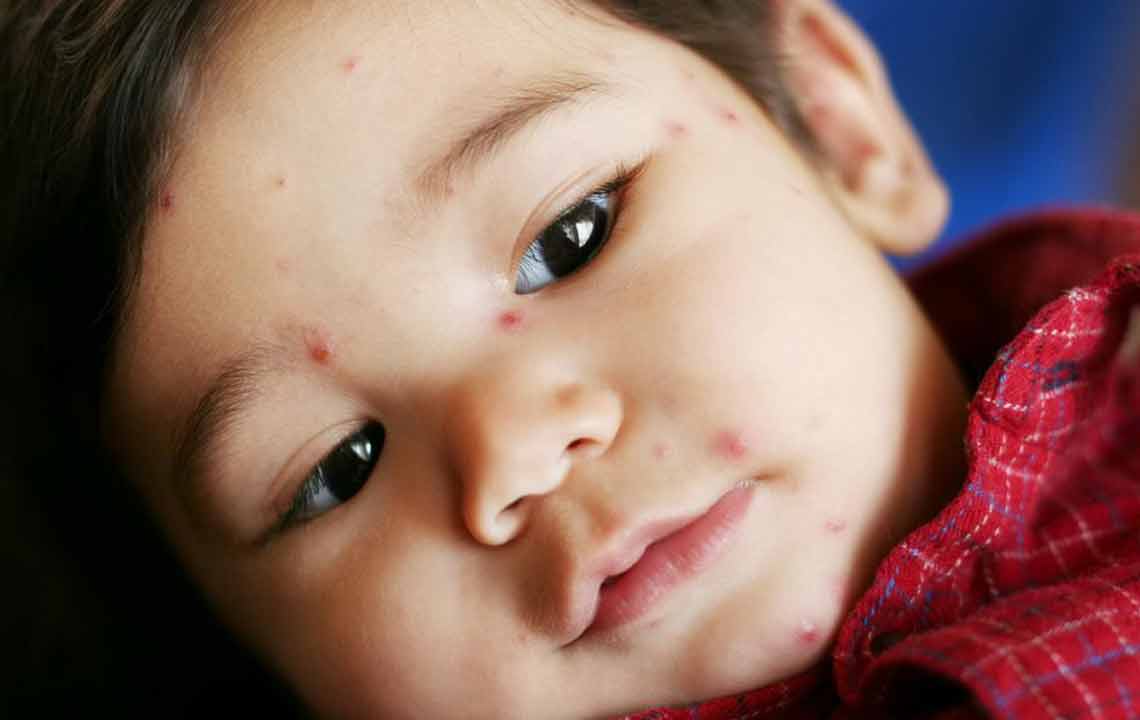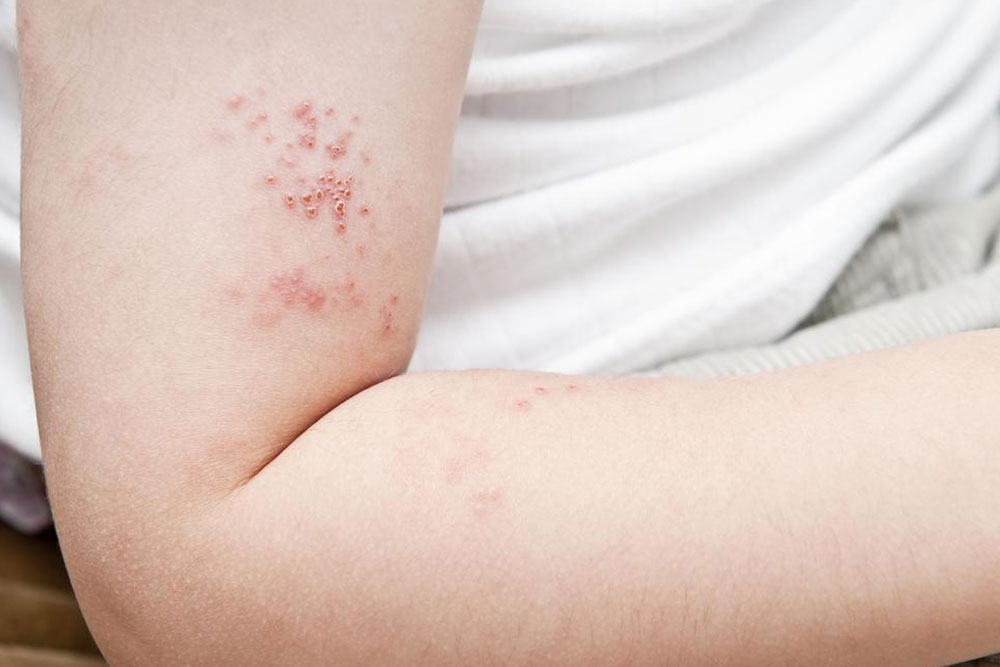Comprehensive Guide to Topical Treatments for Relieving Shingles Pain and Discomfort
Learn about the most effective topical remedies for shingles relief in this comprehensive guide. Discover treatments like calamine lotion, lidocaine cream, capsaicin, and more, with expert advice on their uses and benefits. Manage shingles discomfort safely and effectively with professional guidance and proper skin care, ensuring comfort and faster recovery.
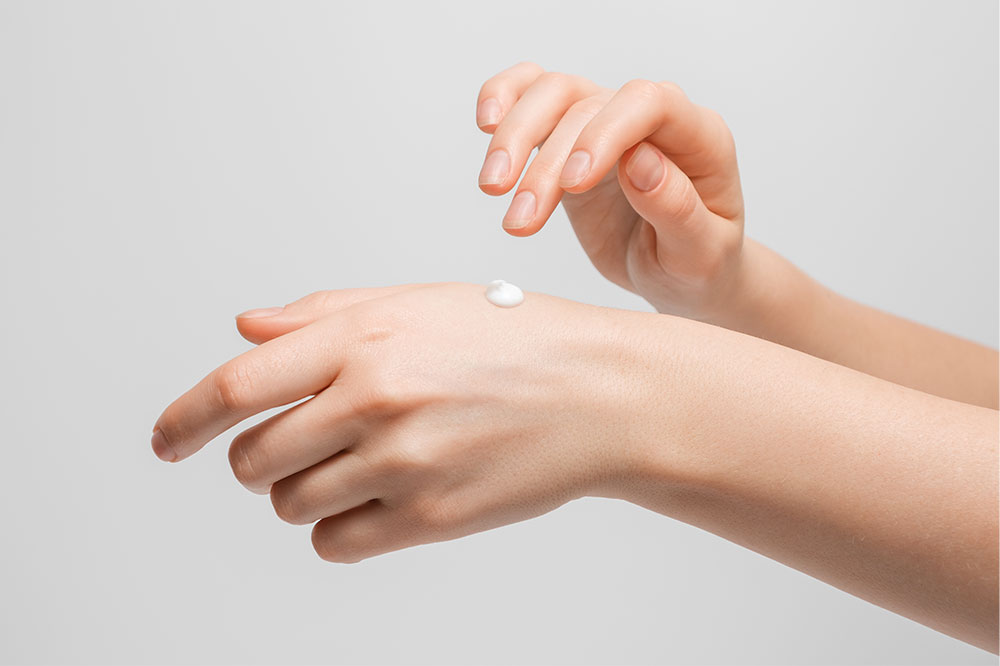
Effective Topical Remedies for Managing Shingles Discomfort
Shingles, medically known as herpes zoster, is a viral infection caused by the reactivation of the varicella zoster virus, the same virus responsible for chickenpox. This condition predominantly affects older adults and those with weakened immune systems, manifesting as a painful, often blistering rash that can last anywhere from two to four weeks. The pain associated with shingles can be intense and debilitating, often described as burning, stabbing, or shooting sensations that significantly impair daily activities and quality of life.
While antiviral medications are essential for controlling the virus and reducing the duration of symptoms, many patients seek additional relief through topical treatments that can soothe pain, reduce itching, and promote healing. The selection of suitable topical remedies should always be guided by healthcare professionals to ensure safety and maximum efficacy. In this comprehensive guide, we explore the most effective topical solutions available for managing shingles discomfort, detailing their uses, benefits, and precautions.
Understanding Shingles Symptoms and the Need for Topical Treatments
Shingles typically begins with prodromal symptoms such as tingling, itching, or burning sensations in a localized area, which are often followed by the appearance of a rash comprising red patches and fluid-filled blisters. The rash usually forms in a band or strip along nerve pathways and can be accompanied by fever, fatigue, and heightened sensitivity to touch.
The discomfort from shingles arises due to nerve inflammation and damage caused by the viral activity. Pain can be persistent even after the rash resolves, a condition known as postherpetic neuralgia, which can linger for months or years. Therefore, controlling the initial symptoms with topical agents can not only provide immediate relief but also potentially diminish the risk of long-term nerve pain.
Popular Topical Treatments for Shingles Discomfort
Calamine Lotion: A go-to remedy for skin irritations, calamine lotion provides a soothing temperature and reduces itchiness associated with shingles blisters. Its cooling effect can lessen the scratching urge, preventing secondary infections and promoting comfort.
Lidocaine Cream: A local anesthetic, lidocaine offers quick relief by numbing nerve endings in the affected area. It is particularly beneficial for alleviating sharp pain and burning sensations, enabling patients to regain some ease in movement and daily activities.
Capsaicin Topical: Derived from chili peppers, capsaicin cream works by depleting substance P, a neuropeptide involved in transmitting pain signals. Regular application can help reduce persistent nerve pain, making it a valuable option for managing postherpetic neuralgia.
Diclofenac Gel: An anti-inflammatory NSAID gel, diclofenac reduces inflammation and swelling in the affected nerves and skin tissues. Its use can lead to a significant decrease in pain and discomfort, especially during the active phase of shingles.
Aluminum Acetate Solution: Commonly used in soaking dressings, this astringent solution can help dry out blisters, decrease weeping, and soothe inflamed skin, accelerating healing and providing comfort.
Effective management of shingles relies on combining medical treatment with appropriate topical therapies. Always consult a healthcare professional before starting any topical regimen to ensure compatibility with your overall treatment plan and to prevent adverse reactions. Proper application, hygiene, and skin care are key factors in alleviating symptoms and preventing complications. With the right combination of treatments and medical guidance, individuals suffering from shingles can experience significant relief, shortened duration of symptoms, and a better quality of life during their recovery journey.
